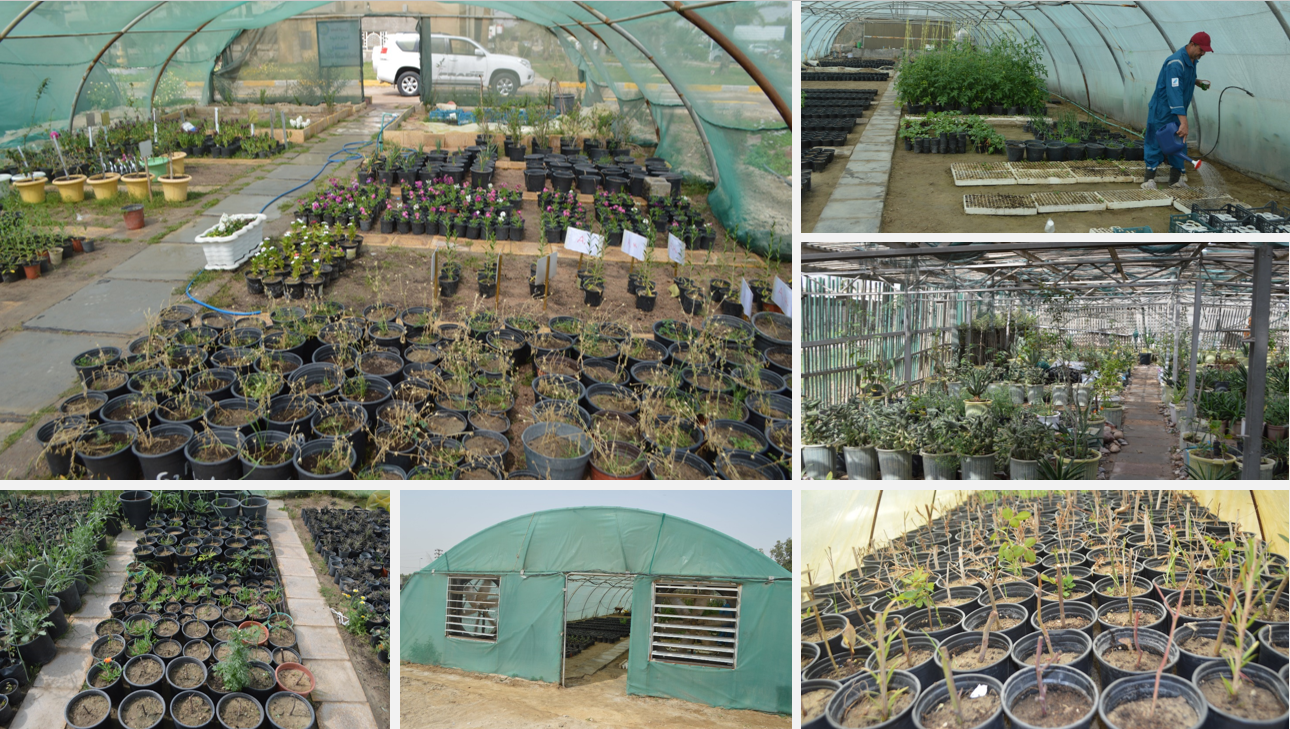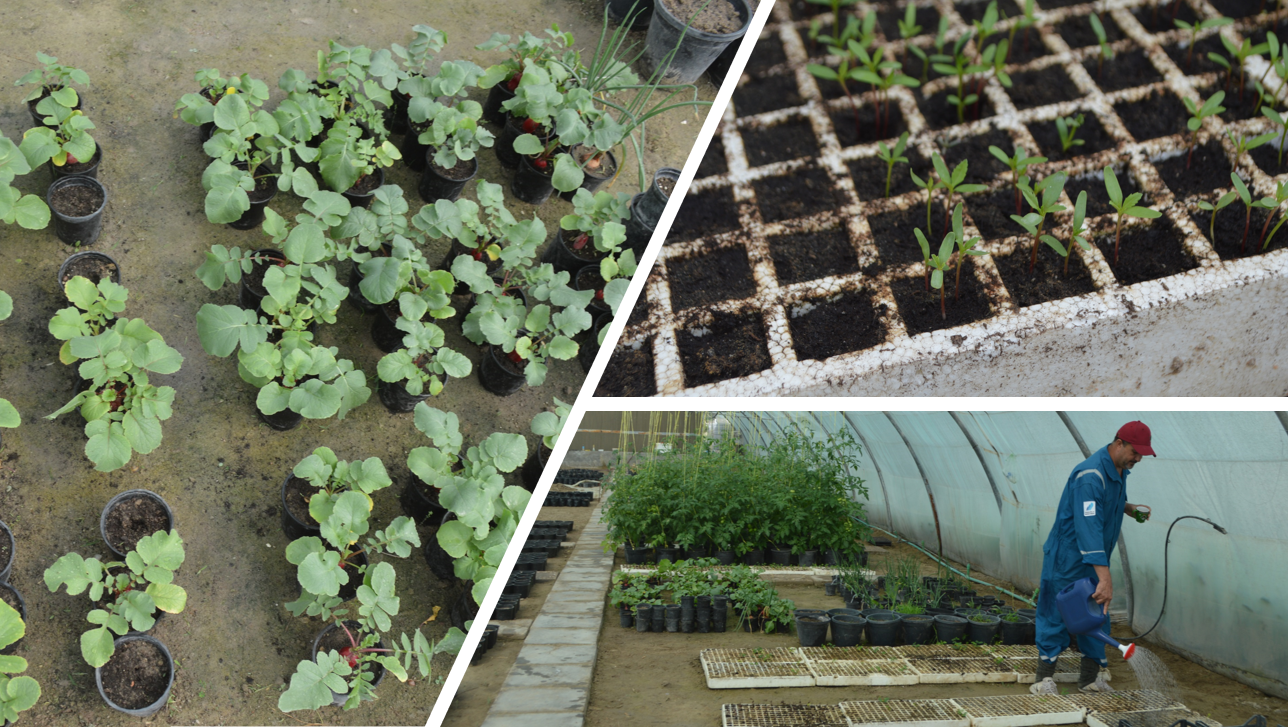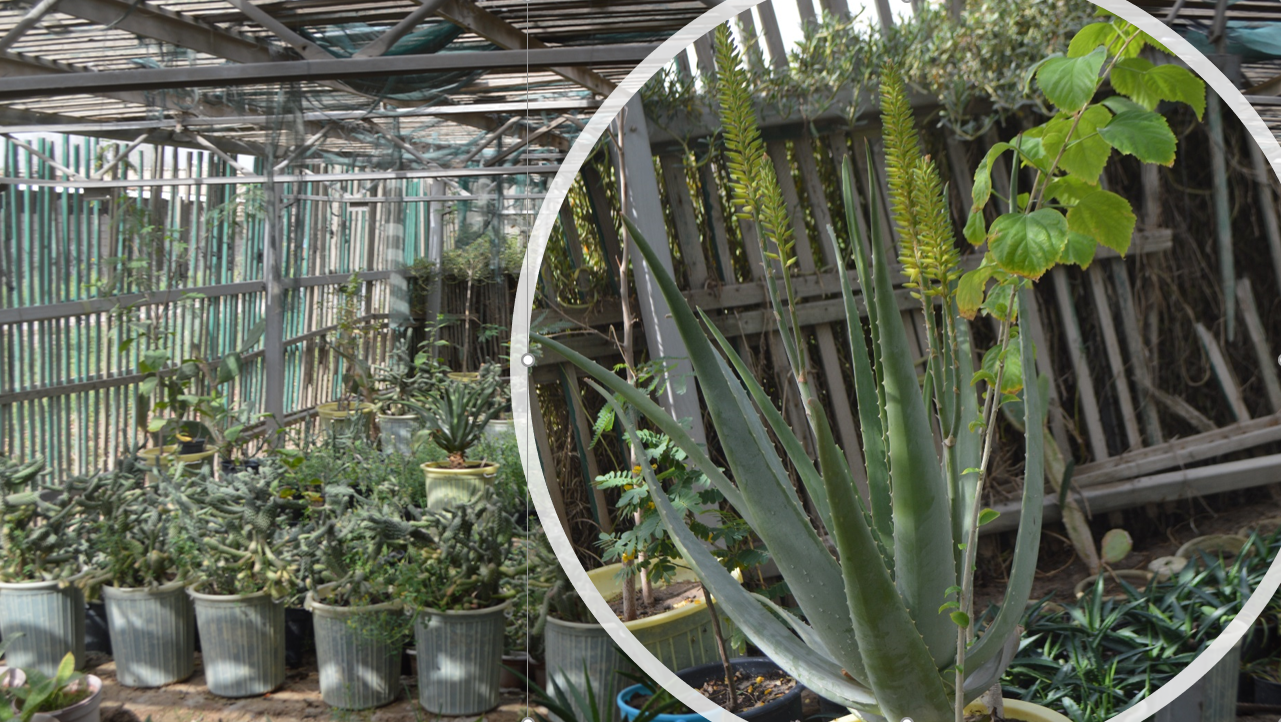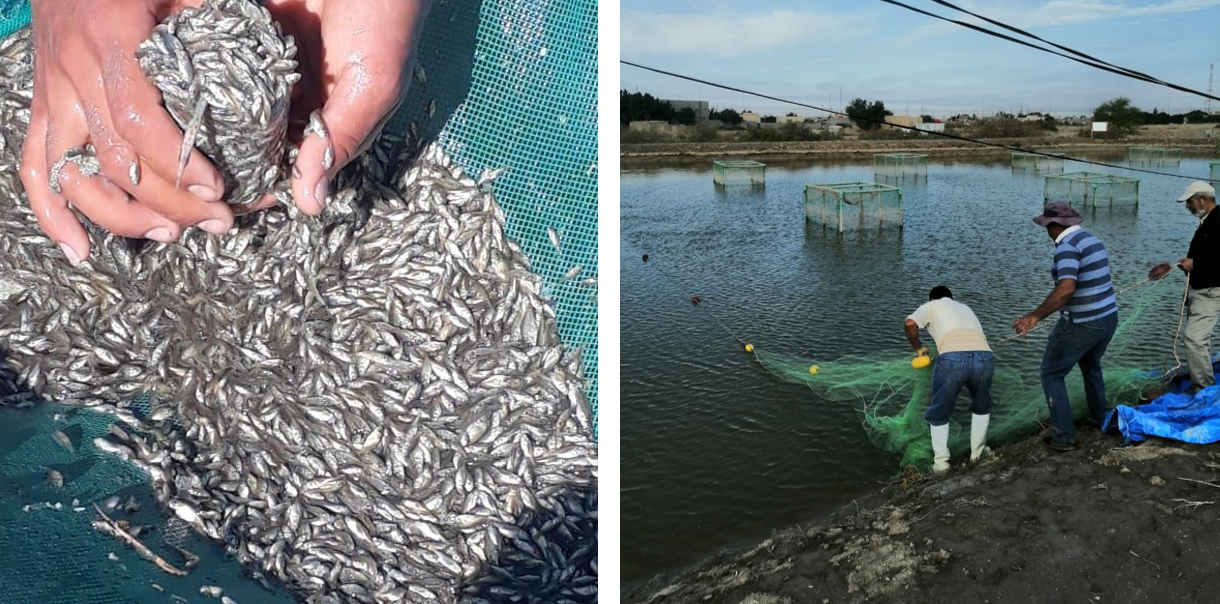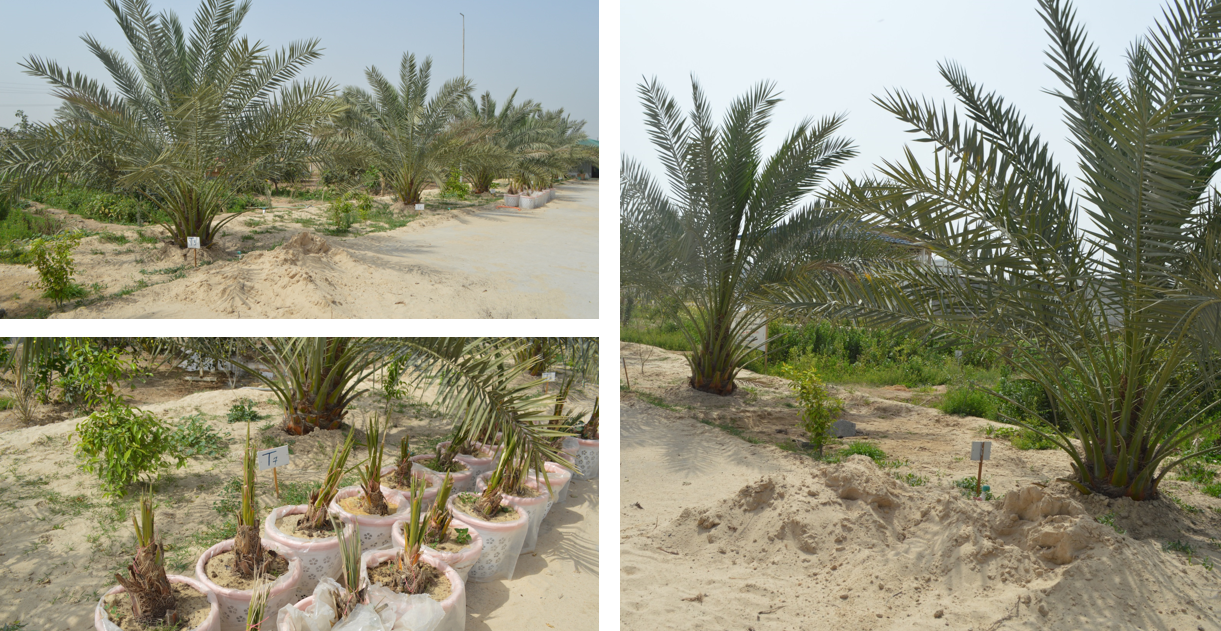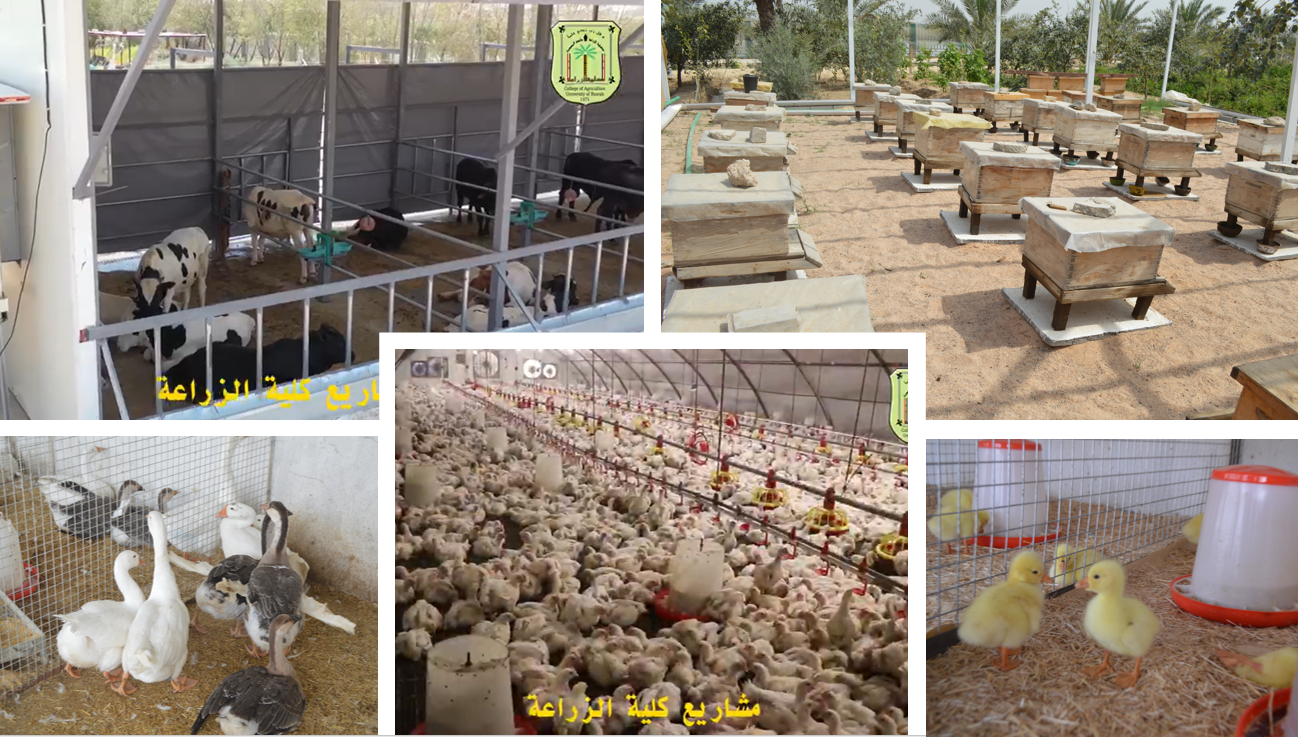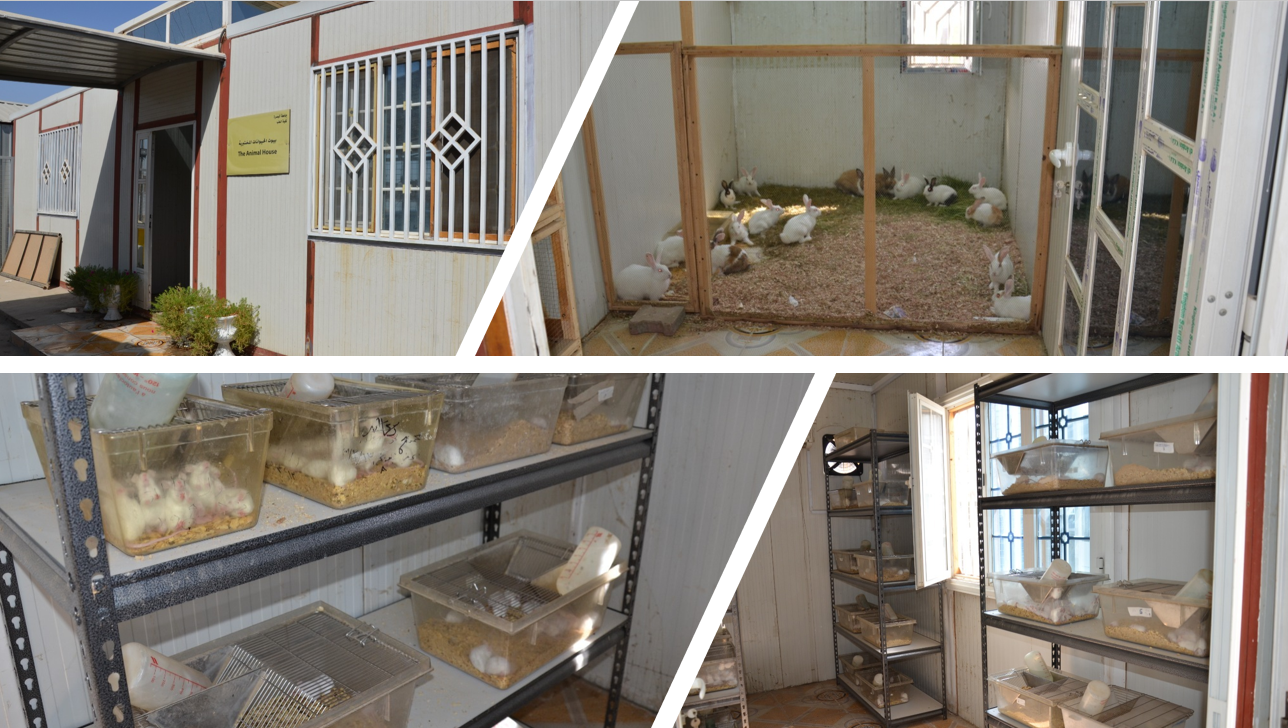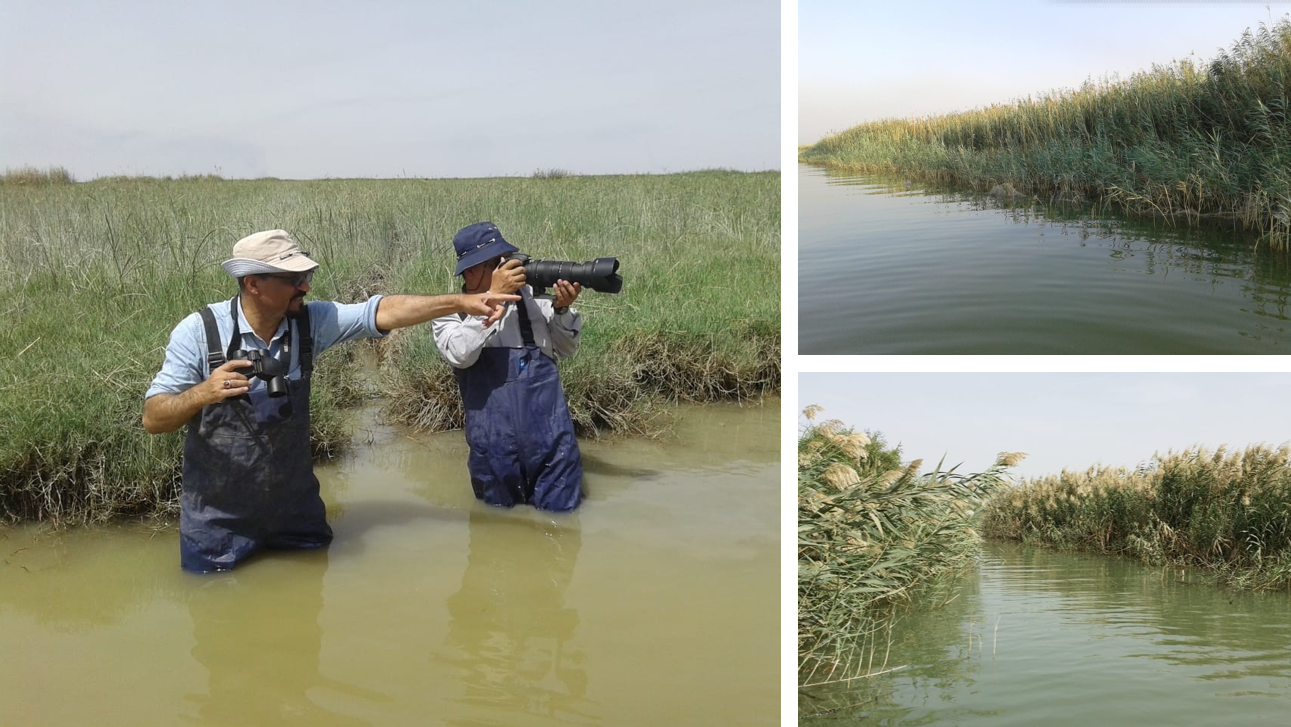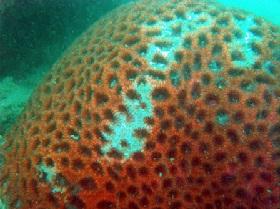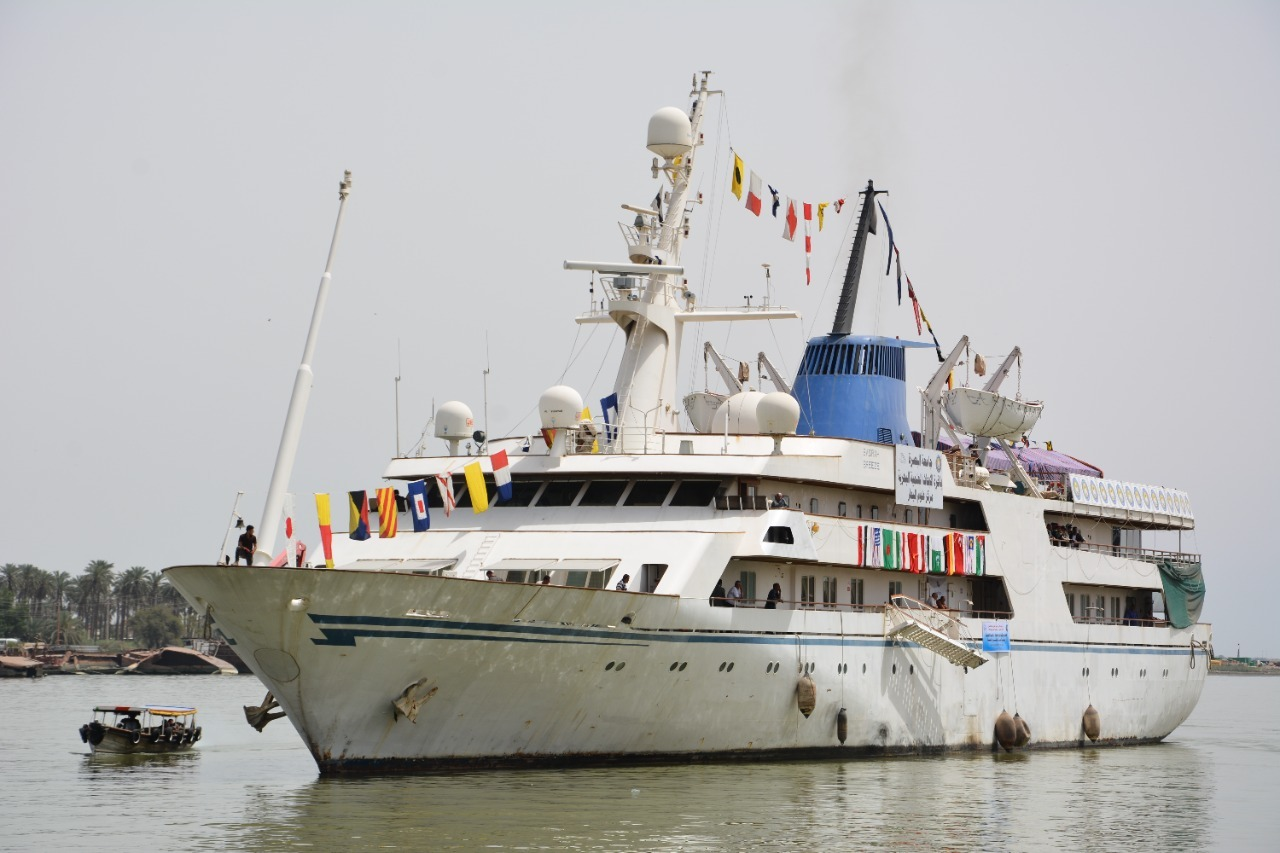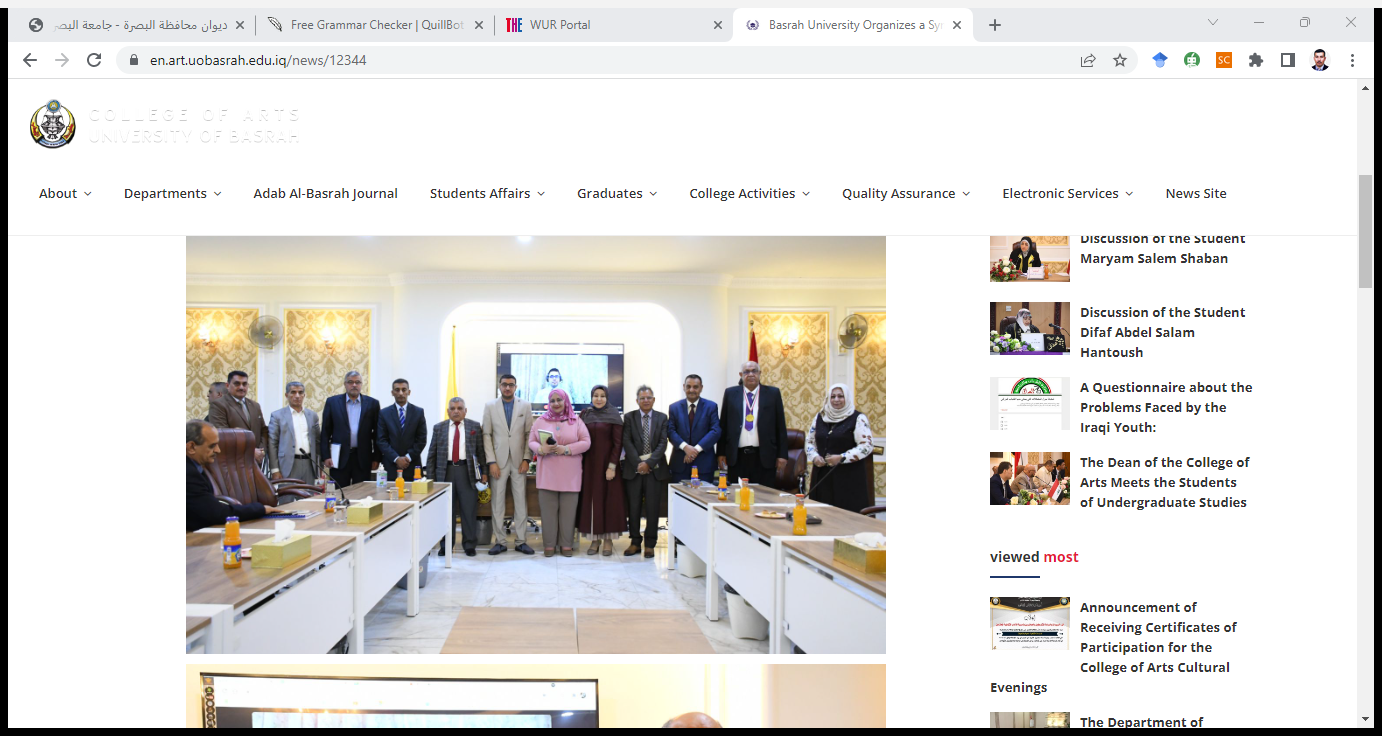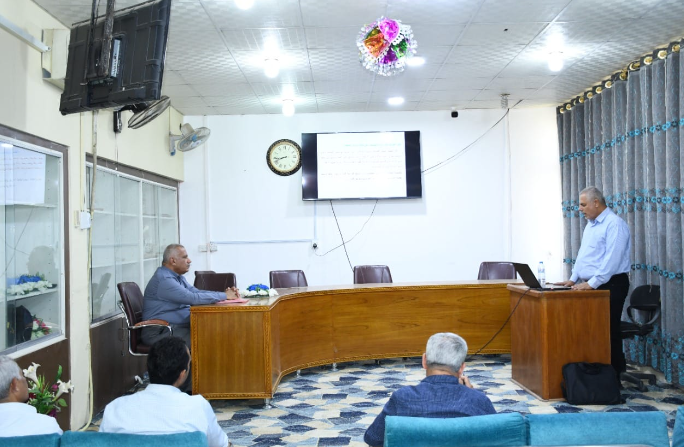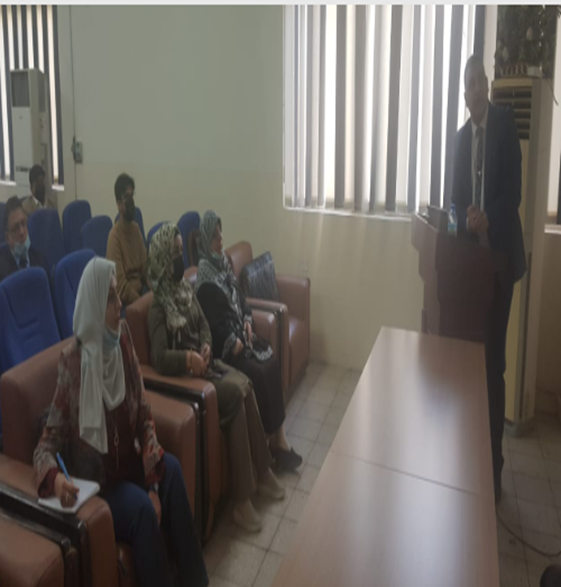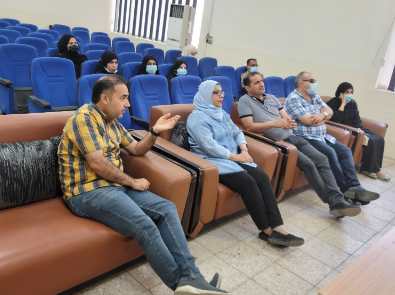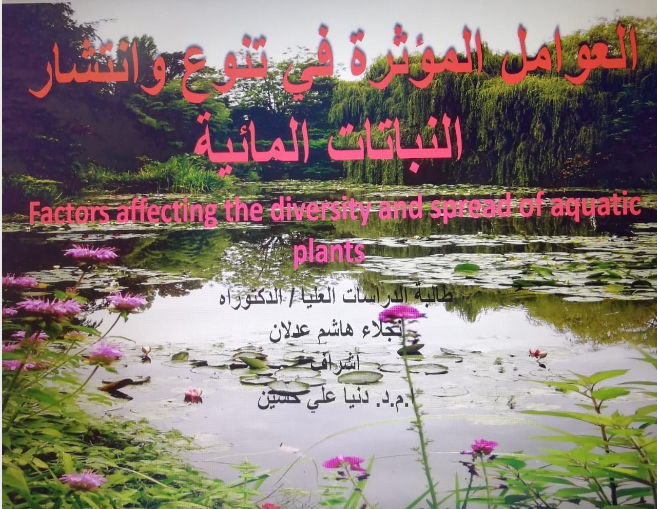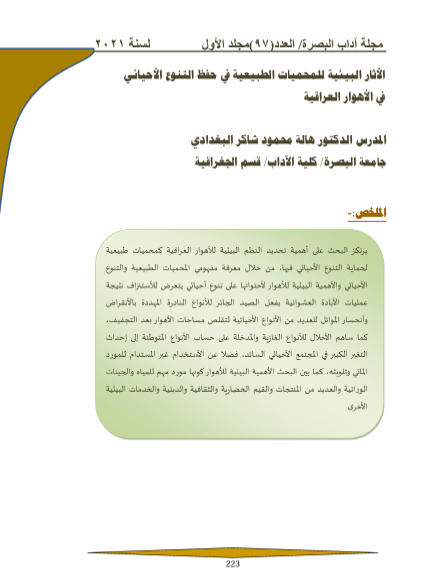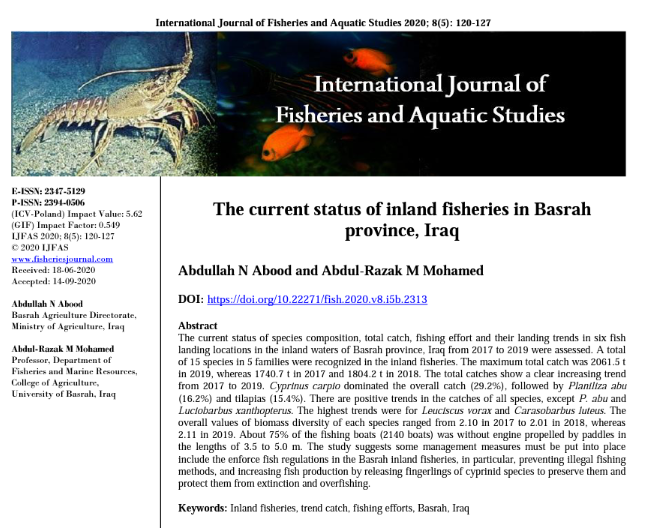University of Basrah has special programs to maintain the natural resources inside and outside the campus.

The topographical feature of the Basrah province location is a fertile sedimentary area that is extended along the waterway of the Shatt al-Arab. The area is also characterized by environmental diversity due to the presence of water bodies that represent an extension of the marshes of Dhi Qar and Maysan in the north along with Shatt al-Arab which is the river at which the Tigris and Euphrates are joined together. Shatt al-Arab is also discharged into the Arabian Gulf which has a view of south Basrah. The Arabian Gulf gives the advantage to Basrah for dealing with marine life. Finally, the western part of Basrah has a desert atmosphere. As a result, this makes the university of Basrah has a diversity in the scientific specializations in its colleges to cover this diversity in the climate, plants, living beings. Those faculties are Agriculture College, the Marine Sciences Research Center, Marine Science College, Date Palm Research Center, Veterinary Medicine College, and Science College/ Biology and Ecology Departments.
Incubators and greenhouses
The University of Basrah owns Incubators and greenhouses for the purpose of producing plants in order to be used by the campus residents as food or for use as decoration and for planting university college gardens.
Cultivation of Fish
The University of Basrah has a project on larvae fish Cultivation in fish lakes belonging to the University.
Grafting
The University of Basrah has a project for Grafting trees and using cultivation methods that produce new strains of plants or preserve the species.
Animal husbandry
Animal husbandry for food utilization and laboratory purposes.
Animal husbandry
Contributions
Coral Reef Complex
Coral reef found off the shore of Iraq, despite sediment and pollution, widens the scope of the country's biodiversity. For more information.
Marine Sciences
In Iraq, Basrah is the only city that has a seaport to the Arabian Gulf. this made the university of Basrah interested in research about such an important field. Therefore, the University of Basrah owns the Marine Sciences Research Center and the College of Marine Sciences, which share the study of the aquatic nature of the Shatt Al-Arab and the Arabian Gulf. The University of Basra has two naval vessels that are used for the purpose of monitoring and studying the Iraqi rivers and waters from the Arabian Gulf, as well as specialized cadres and divers to enrich these studies.
Albaheth Boat
Nasim Albasrah Boat
 Hareer station for Marsh Research
Hareer station for Marsh Research
It is the only station located in the Basrah marshes, which covers the eastern part of the Hammar Marshes (the Marshes of Al-Mashab and Al-Salal). It is equipped with all facilities to conduct scientific research and provides its services to researchers in Basrah Governorate.
Basrah Marshes
The Department of History at the College of Arts / University of Basrah organized a symposium entitled the Marshes of Southern Iraq between Reality and Ambition. The symposium aims to pay great attention to this abundant sector in all forms of diversity and biological wealth, which is characterized by a fertile living environment and prosperous natural resources, as the marshes are one of the most important unique environmental areas in the world and are considered an exceptional and important global natural heritage and were placed by the International Organization for Nature among the list of 100 exceptional sites for environmental areas in the world that must be preserved as nature reserves.
The University of Basrah at the Department of Biology organized a scientific lecture on the biodiversity of annelids and its relationship to the pollution of sediments with heavy metals in the Shatt al-Arab. The lecture presented by the researcher (Hassan Badr Abdel-Aali) included
studying the biodiversity of annelids in selected areas of Shatt Al-Arab, measuring the concentrations of some heavy metals in the sediments of the studied area, and finding a correlation between the biodiversity and density of annelids with heavy elements in the bottom sediments of the studied area
workshop
The University of Basrah at College of Science organized a workshop entitled Biodiversity of mammals in the marshes of southern Iraq. It has been presented by Adil Fadhel Abbas lecturer at Ecology department, the workshop aims to explain the importance of the wetland environment and its role in embracing high plant and animal biodiversity, especially the group of dairy products, most of which are at the top of the food pyramid
The Department of Ecology at the College of Science at the University of Basrah organized a discussion entitled Evaluating Natural Reserves using Geographic Information Systems (GIS) - Al-Safia Reserve as a model for graduate student Omar Abdul-Amir Al-Badran. The study aimed to assess the assessment status and establish its sustainability depending on the identification of climatic changes and geo-geographical projects (GIS). The study measured the physical and chemical variables of the protected water and sediments of Al-Safia for a whole year and produced the environmental data in the form of maps showing the spatial distributions of the properties. specialists.
seminar
A seminar entitled Diversity of Mollusca found on the aquatic plants of the southern part of the Euphrates River hold at the University of Basrah, college of Science, Department of Ecology. The presenter Huda Haleem Chaseb demonstrates the diversity of Mollusca found on aquatic plants of southern part of the Euphrates River and recommends preserving the Euphrates River environment from pollution, as it represents a natural environment for the proliferation and abundance of gastropods and preserving aquatic plants because they represent the basic shelter for many gastropods in this environment. Basra).
The College of Science at the University of Basrah organized a panel discussion on the factors affecting the diversity and spread of aquatic plants for postgraduate and doctoral students (Naglaa Hashem Adlan). The study aims to: determine water quality standards in view of the presence of aquatic plants; assess the status of plant diversity; and know the relationship between environmental variables and their impact on aquatic plants. Because the productivity of aquatic plants and other producers can be strongly affected by the dynamics of many chemical elements and physical factors, it is important to measure these factors to explain trends in the productivity of aquatic plants and to assess the usefulness of aquatic plants in reducing nutrient content and the level of water pollution, as well as their role in improving water quality by reducing the concentration of nutrients.
www.iasj.net/iasj/download/fa3d9de6bdd8029a
More Multimedia
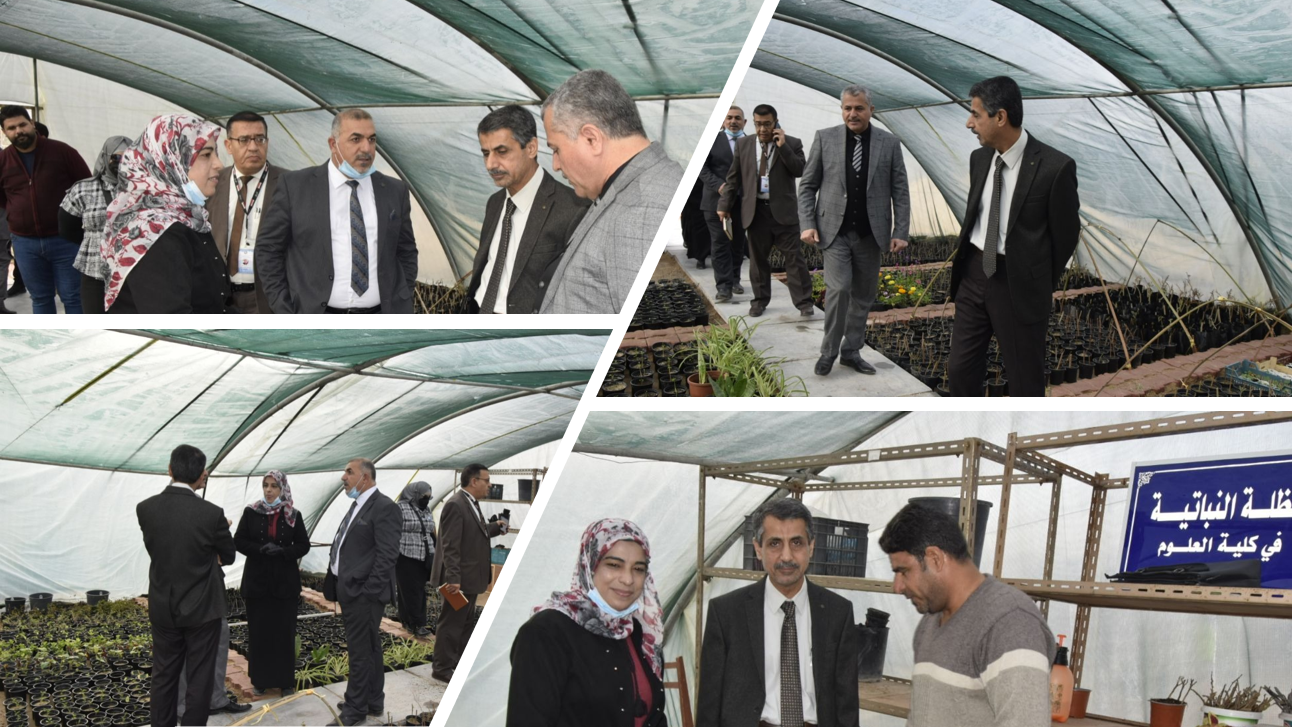
Greenhouses

Marshes

Farms
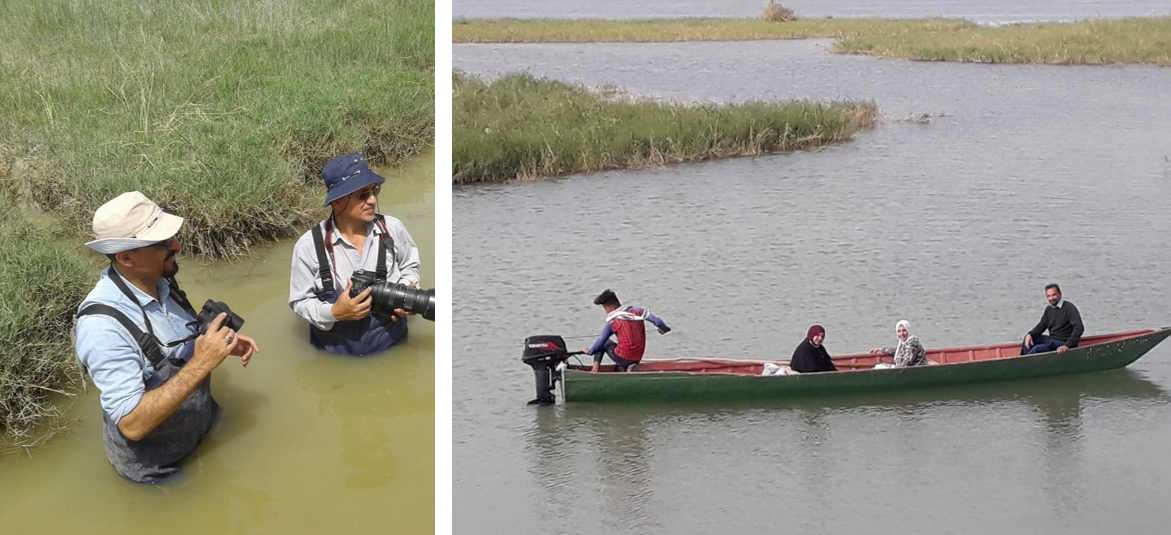
Marshes
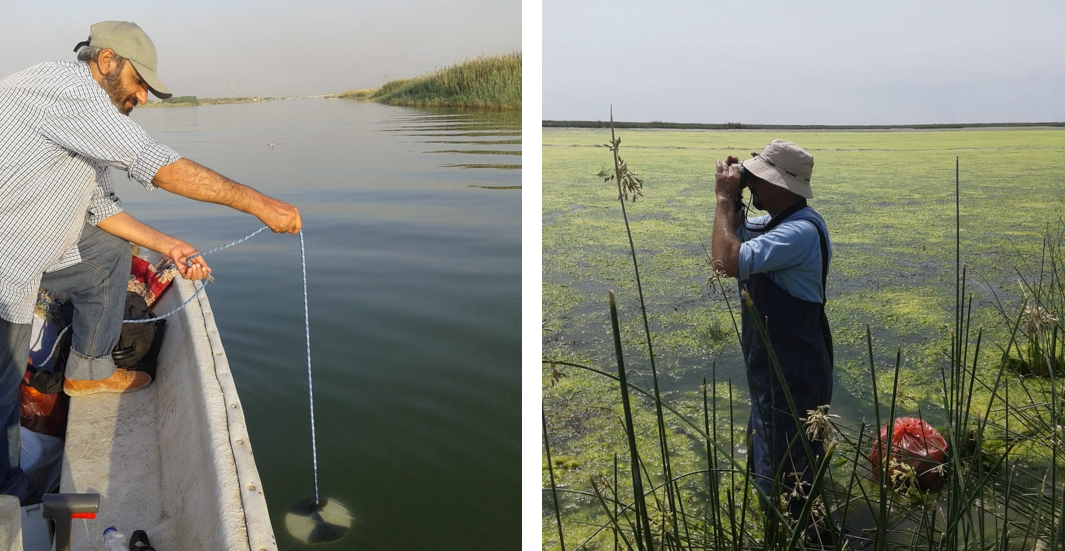
Nature
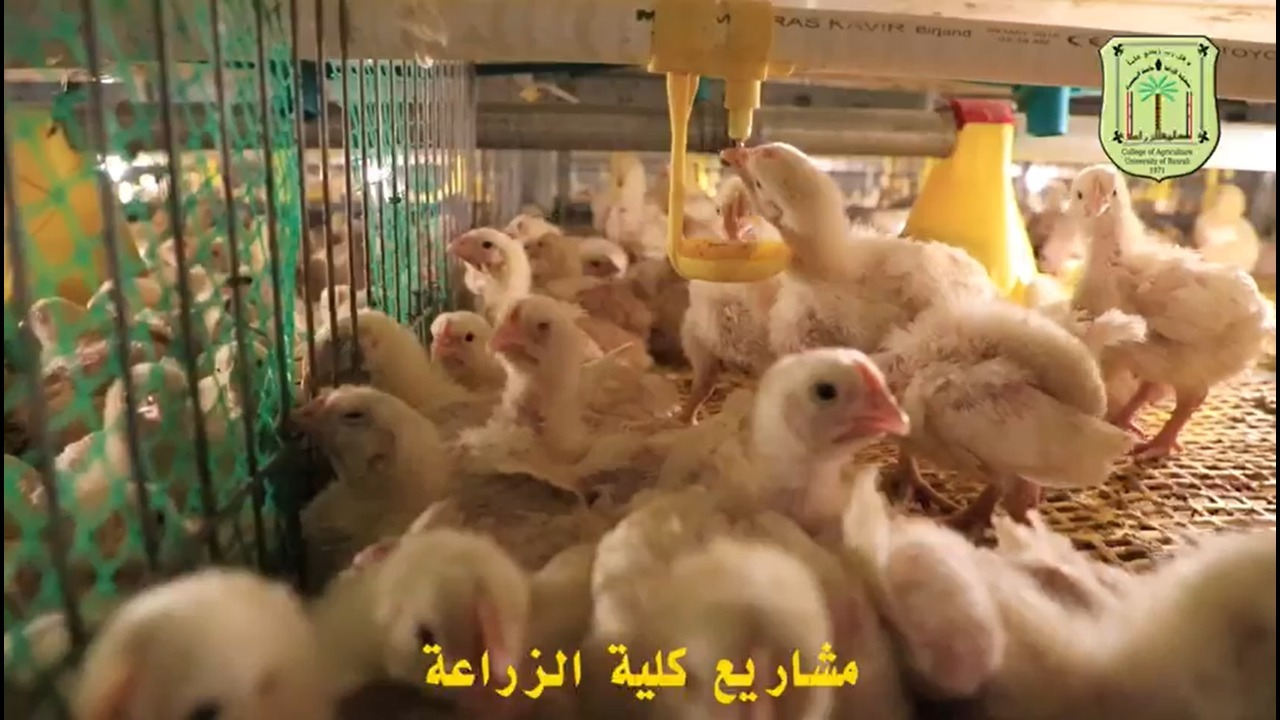
Animal husbandry

